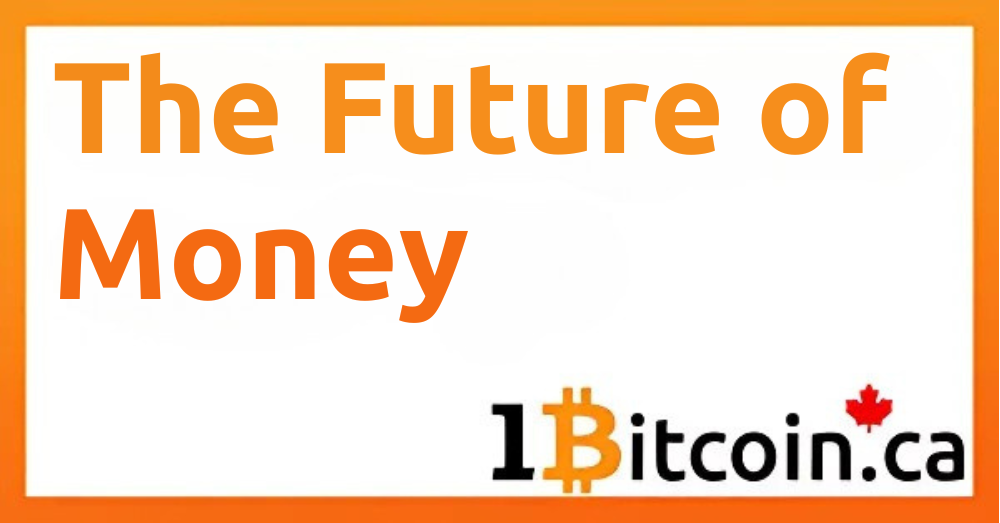What a Bitcoin-Standard World Might Look Like
What If Bitcoin Became Everyday Money?
Imagine walking into a grocery store and seeing prices listed not just in dollars, but in satoshis (fractions of Bitcoin). Or sending money to family abroad without paying a middleman or waiting three days for it to clear.
This is the vision behind a Bitcoin standard—a world where Bitcoin forms the foundation of money itself. While it may sound futuristic, more economists, entrepreneurs, and even governments are beginning to take the idea seriously. It’s not just about technology—it’s about rethinking the way money should work in the 21st century.
First, What’s a “Bitcoin Standard”?
In the past, many economies operated on the gold standard. Every dollar or pound was backed by a fixed amount of gold, limiting how much governments could print.
A Bitcoin standard works in a similar way. Instead of tying money to a physical metal, it ties value to digital scarcity—Bitcoin’s hard cap of 21 million coins.
Under such a system, Bitcoin could:
- Back national currencies as a neutral reserve asset
- Or become a unit of account, where wages, prices, and trade are denominated in Bitcoin directly
Why Shift Away From the Current System?
Fiat currencies like the Canadian dollar can be printed endlessly, which often leads to inflation, debt expansion, and declining purchasing power. For younger Canadians especially, this means savings don’t go as far as they once did.
Bitcoin flips this model:
- Fixed supply: No inflation beyond 21 million coins
- Decentralized control: No single government or central bank in charge
- Global access: Anyone with a phone can use it, regardless of borders
This makes Bitcoin not just an investment option, but a possible foundation for a more transparent, predictable, and fair financial system.
How Daily Life Could Change
If Bitcoin became a global monetary standard:
- Savings would hold or grow in value instead of being quietly eroded by inflation
- Cross-border payments could happen instantly, without remittance fees
- Financial systems might become simpler, with fewer middlemen controlling access
- Citizens could hold money directly, reducing reliance on banks
Of course, challenges remain—price volatility, regulatory frameworks, and user education are major hurdles. But Bitcoin adoption is growing year by year, bringing this vision closer.
Bitcoin vs. Gold Standard
The gold standard worked for decades, but moving and storing gold was cumbersome. Bitcoin improves on this by being:
- Portable: Sendable across the globe in minutes
- Divisible: You can buy a coffee with a fraction of a bitcoin
- Verifiable: Anyone can audit the supply at any time
This makes Bitcoin a more practical foundation for a digital-first world.
What This Means for You
You don’t need to wait for a Bitcoin standard to start preparing. Even holding a small amount today helps you:
- Learn how the system works
- Protect against inflation
- Build financial literacy for the digital age
Whether or not Bitcoin becomes the backbone of global money, it’s already shaping the future of money—and understanding it now puts you ahead of the curve.




